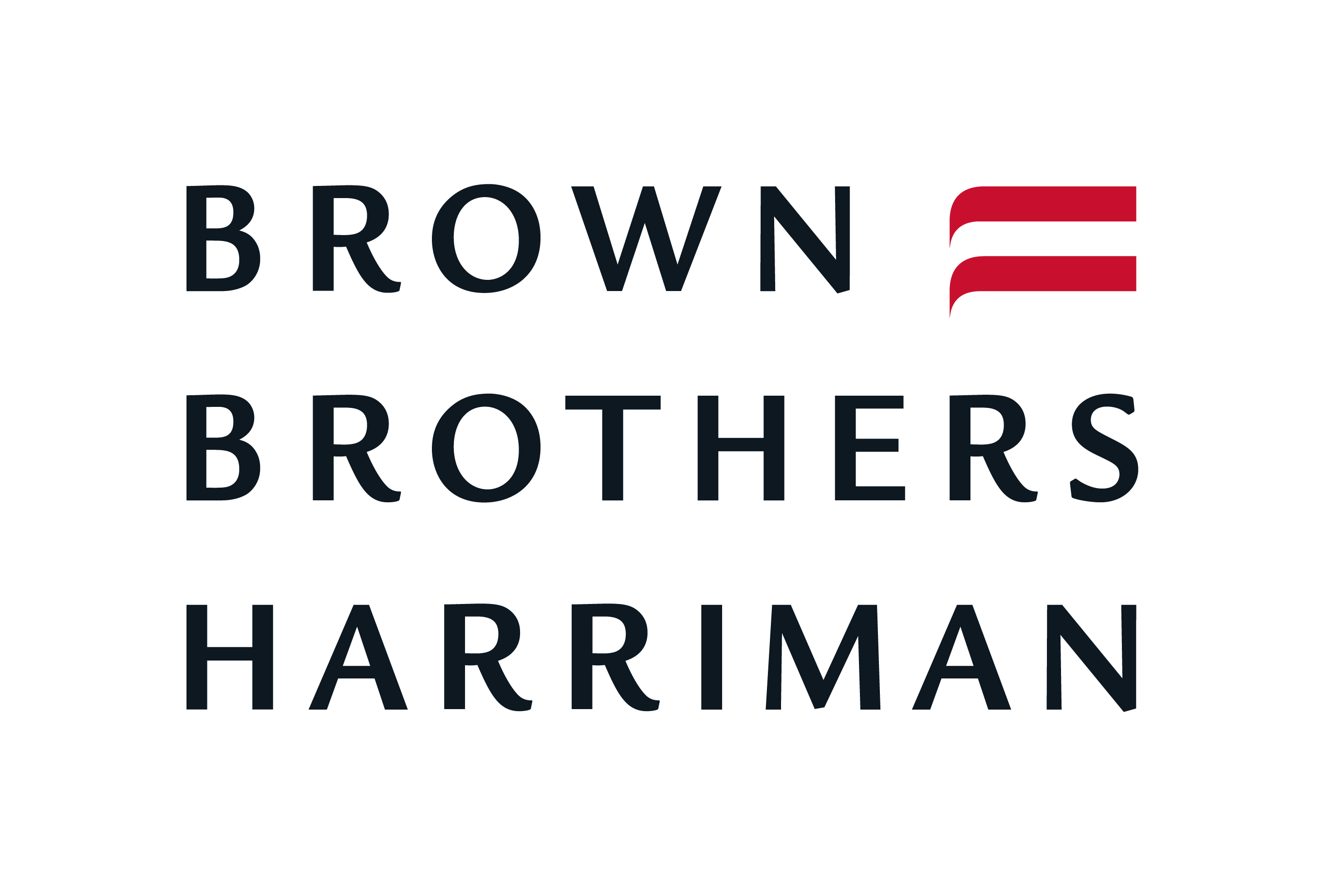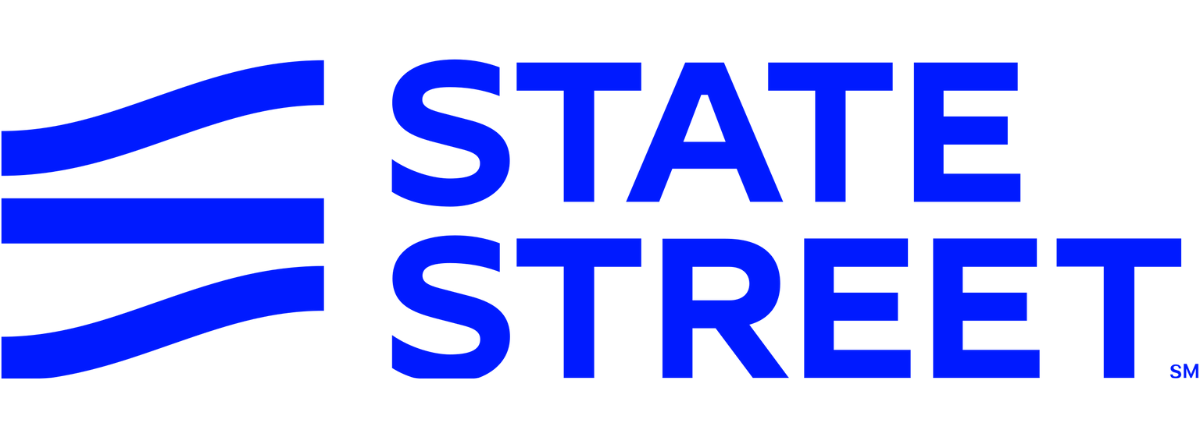The capital gains tax relief afforded to ETF investors in the US is widely recognised as a boon behind the wrapper’s extraordinary growth versus Europe over the past two decades.
ETF assets under management (AUM) in the US have rocketed from roughly $100bn to $7trn over this period, taking market share from mutual funds where investors must pay capital gains tax when selling their investments, far outstripping assets in Europe which stand at $1.3trn.
Despite this, investors in Europe are slowly cottoning on to a tax cut advantage on home soil that could prove to be one of the biggest drivers of growth for ETFs over the next decade.
According to this year’s Brown Brothers Harriman global ETF survey, European investors rated tax efficiency as the most important factor when selecting an ETF, beating both issuer and total expense ratio (TER).
Athanasios Psarofagis, ETF analyst at Bloomberg Intelligence, said part of the reason tax efficiency ranked so highly was due to the choppy markets over the past year.
“It certainly is a big driver, and it probably becomes even more important when markets were as bad as they were last year,” he said.
Ireland’s favourable tax treaty with the US allows investors holding US equity ETFs to a 15% withholding tax rate on dividends versus 30% for mutual funds or ETFs domiciled in Luxembourg.
The tax treaty with the US has helped Ireland establish itself as the dominant place to domicile ETFs in Europe, with asset managers including Amundi and BNP Paribas Asset Management (BNPP AM) both domiciling new ETFs in the country.
At the start of 2017, there were 199 ETFs with $305bn AUM domiciled in Ireland, ahead of Luxembourg which had 146 ETFs with $115bn AUM, according to data from ETFbook.
Now, there are roughly 1,789 ETFs with $953bn AUM in Ireland, well ahead of Luxembourg which has $277bn assets.
Despite this, the benefits have been relatively underappreciated. Taking advantage of the withholding tax benefit is a simple way investors can add “alpha” to their portfolios, according to Manooj Mistry, chief operating officer at HANetf.
“If we take a US equity portfolio yielding 5%, using an Irish-domiciled ETF would add 75 basis points of alpha each year. This means adding over half a percentage point to performance, simply due to choosing the right fund wrapper,” he said.
"If anything, what is holding back ETF growth in Europe is not lack of a tax advantage but instead widespread appreciation of such an advantage for European investors. It is probably the European ETF markets best kept secret."
Ciaran Fitzpatrick, head of ETF servicing for Europe at State Street, added: “If you are using ETFs [with US-dividend paying stocks] as a building block within a model portfolio, it will get better performance than a mutual fund holding similar assets, purely because of the lower withholding tax.”
He said there was an educational piece needed among European investors about the tax benefits of ETFs in Europe, compared to US counterparts who are “far more clued in about what they buy and why”.
“Investors do not often differentiate between an ETF and a mutual fund from that perspective. I am not sure a lot of them will look at an ETF and say, ‘I will buy that ahead of buying a mutual fund because it is paying more tax on US dividends’. That is an educational piece”, Fitzpatrick added.
UCITS ETFs also have an advantage for international investors over the 40 Act – the US ETF wrapper – according to Mistry, with investors in the Middle East, Asia and Latin America increasingly favouring it due to the withholding tax.
“For many investors, owning a UCITS ETF has many advantages compared to owning a US 40 Act ETF,” he said.
“Investors in Latin America, in particular, increasingly favour UCITS ETFs, due to the recognition of a robust regulatory framework and the tax advantages of UCITS ETFs over US 40 Act ETFs.”









